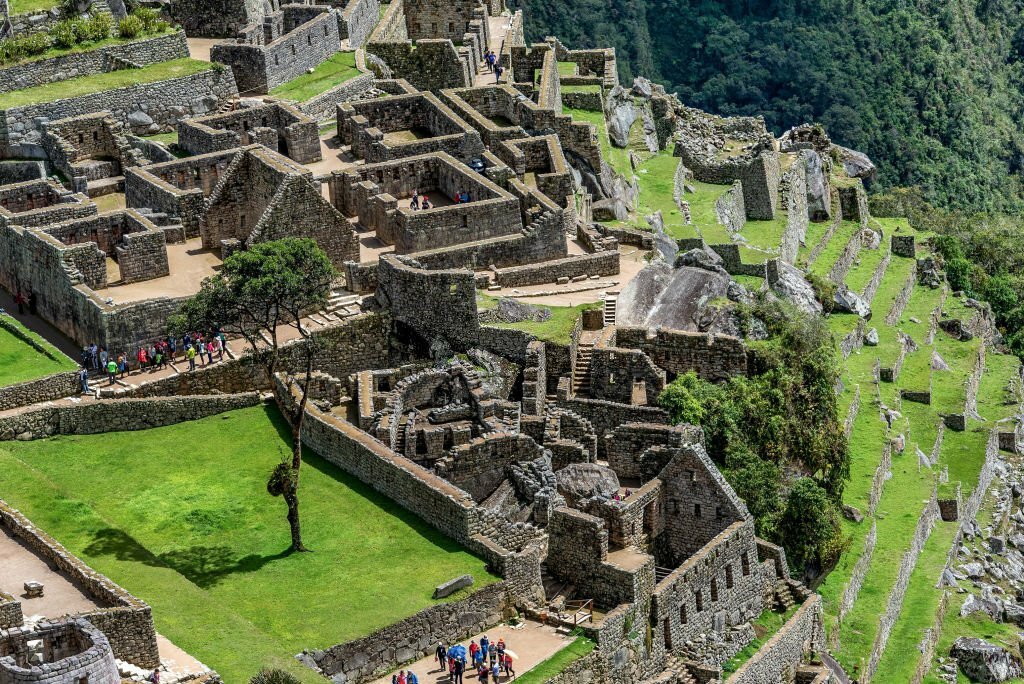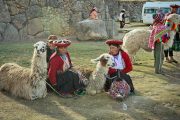Machu Picchu, the crown jewel of the Inca Empire, stands as an architectural testament to the ingenuity of this ancient civilization.
Urban Planning
The layout of Machu Picchu reflects the advanced urban planning skills of the Incas. Divided into two main sectors – the Agricultural and Urban sectors – the city is strategically positioned to optimize agricultural efficiency while maximizing the use of natural resources. Terraced fields cascade down the slopes, demonstrating the Inca’s mastery of agricultural engineering.
The Agricultural Sector
Upon entering Machu Picchu, visitors are greeted by the Agricultural Sector, a meticulously designed network of farming terraces. These terraces not only showcase the Incas’ understanding of agriculture but also serve as an effective drainage system, preventing erosion and landslides. The precision in construction allows for efficient water distribution, enabling the cultivation of a variety of crops at different altitudes.
Urban Sector
The heart of Machu Picchu lies in the Urban Sector, a complex of temples, plazas, and residential areas. The Temples of the Sun and the Three Windows stand as iconic examples of Incan religious architecture. The Temple of the Sun, aligned with astronomical precision, highlights the Incas’ deep connection with celestial bodies. The Room of the Three Windows, with its trapezoidal openings, showcases the precision of Incan stone masonry.
The Intihuatana Stone
One of the most mysterious and revered structures in Machu Picchu is the Intihuatana Stone, often referred to as the “Hitching Post of the Sun.” This carved stone pillar served both practical and spiritual purposes. Believed to be an astronomical observatory, the Intihuatana Stone played a vital role in the Incas’ understanding of the changing seasons and celestial events. Its name, meaning “hitching post of the sun” in Quechua, reflects the belief that it could tether the sun to prevent it from straying too far.
Dry Stone Construction
The most striking aspect of Machu Picchu’s architecture is the technique of dry stone construction, where massive stones fit together with such precision that no mortar was needed. The stones were carved to interlock perfectly, ensuring stability against earthquakes and other natural forces. This intricate technique not only speaks to the engineering prowess of the Incas but also highlights their reverence for the natural world.
Preservation Efforts and Sustainable Tourism
As Machu Picchu attracts millions of visitors each year, preserving its architectural wonders is paramount. Conservation efforts aim to protect the site from erosion, foot traffic, and environmental factors. Sustainable tourism practices, such as limited daily entries and guided tours, contribute to the preservation of this cultural treasure for future generations.










Comment (0)